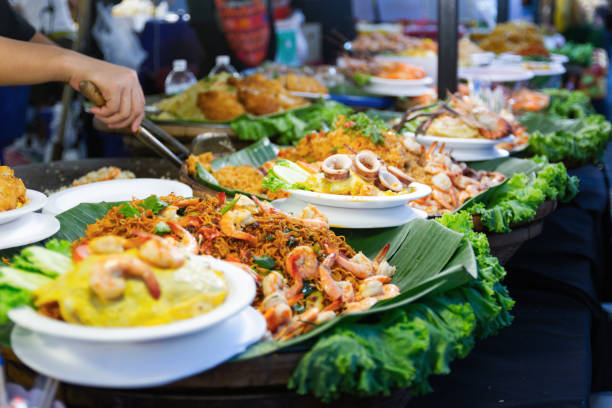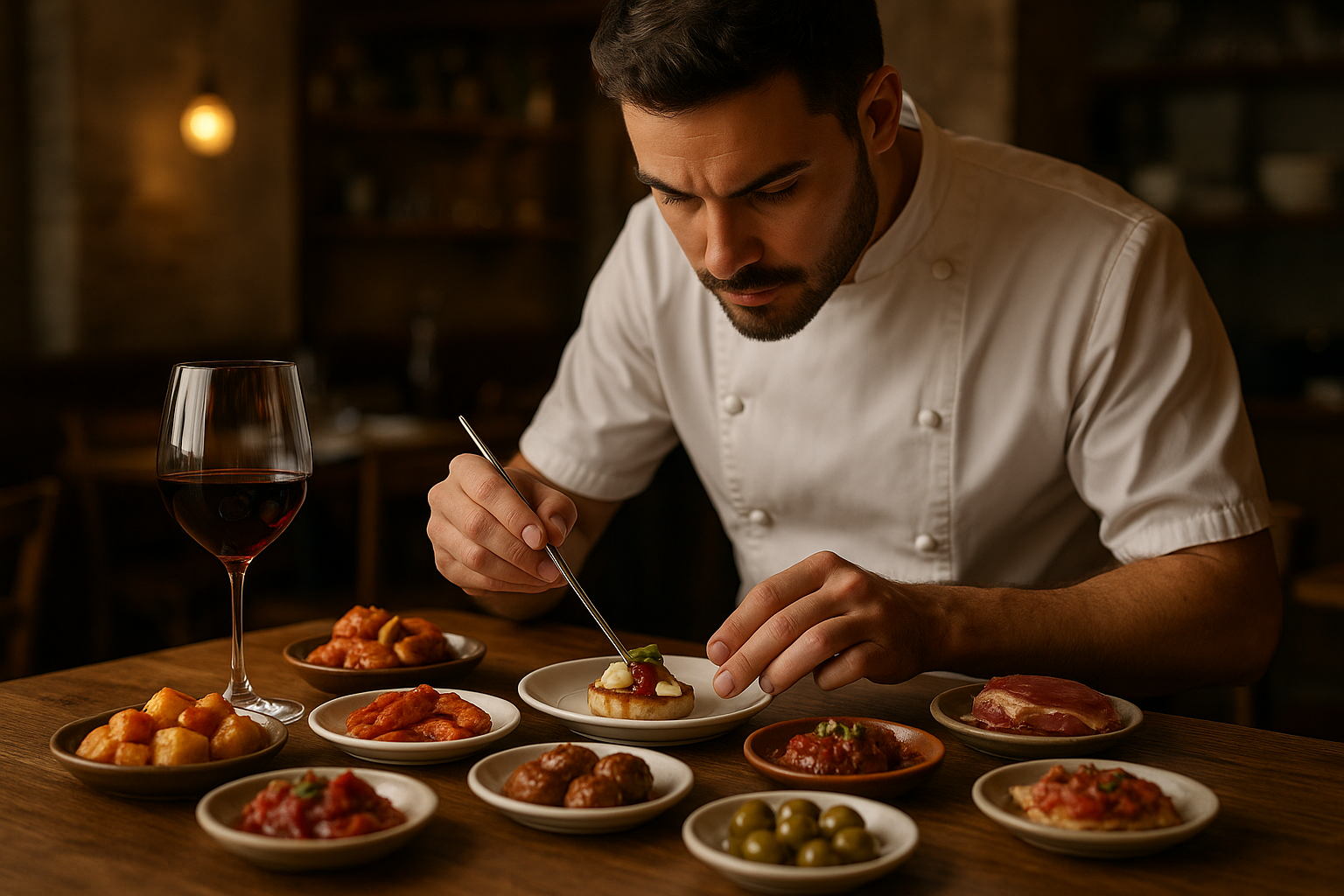Decoding the Culinary Secrets of Vietnamese Cuisine: A Comprehensive Guide
Vietnamese cuisine is a tantalizing fusion of flavors, colors, and textures. It's a culinary journey that takes you through the country's rich history and diverse culture, leaving you with a profound appreciation for its intricate gastronomic traditions. This article will take you on a culinary expedition, peeling back the layers of Vietnamese cuisine, and introducing you to some delicious dishes, unique cooking techniques, and the latest trends in Vietnamese food.

A Cultural Melting Pot on a Plate
Vietnamese cuisine is a vivid illustration of the country’s cultural mosaic, reflecting influences from China, France, and Southeast Asia. Rice is the main staple, forming the foundation for a plethora of dishes such as ‘phở’, a fragrant noodle soup, and ‘bánh mì’, a baguette sandwich filled with pickled vegetables, pate, and meat. The use of fresh herbs, seafood, and minimal dairy gives Vietnamese food its characteristic lightness and balance of flavors.
The Art of Balance: Yin and Yang in Vietnamese Food
A distinctive feature of Vietnamese cuisine is the principle of balance, deeply rooted in Asian philosophy. Each dish strives to balance five fundamental taste senses: spicy, sour, bitter, salty, and sweet. This balance is further reflected in the use of contrasting textures and the combination of ‘yin’ (cooling) and ‘yang’ (warming) ingredients to create harmony within the body.
Vietnamese Street Food: A Taste of the Extraordinary
Street food is an integral part of Vietnamese food culture, offering a variety of flavors and experiences. From ‘bánh xèo’, a crispy pancake filled with pork, shrimp, and bean sprouts, to ‘bún chả’, grilled pork and noodles served with a tangy dipping sauce, the streets of Vietnam are a foodie’s paradise.
The Rise of Fusion Vietnamese Cuisine
The culinary landscape of Vietnam is evolving, with many chefs innovatively fusing traditional flavors with modern techniques. Dishes like phở tacos and bánh mì sliders are exciting examples of this trend, reflecting the growing global influence on Vietnamese cuisine.
Sustainability in Vietnamese Food Practices
Sustainability is becoming increasingly important in Vietnamese food practices. Many restaurants and home cooks are focusing on locally sourced, organic ingredients and reducing food waste. This trend is not only eco-friendly but also enhances the freshness and quality of the dishes.
- An integral part of Vietnamese cuisine is the use of herbs, which add depth and complexity to dishes.
- ‘Nước mắm’ (fish sauce) is a key seasoning in Vietnamese cuisine, adding a savory depth to dishes.
- ‘Bánh mì’ is a classic example of Vietnamese fusion food, combining a French baguette with Vietnamese ingredients.
In conclusion, Vietnamese cuisine is a fascinating tapestry of flavors and techniques, deeply intertwined with the country’s cultural heritage. Its emphasis on balance, freshness, and variety makes it a unique and captivating culinary experience. So, whether you’re exploring the bustling street food scene or trying your hand at cooking Vietnamese food, remember to savor each bite, celebrate the harmony of flavors, and enjoy the journey!




